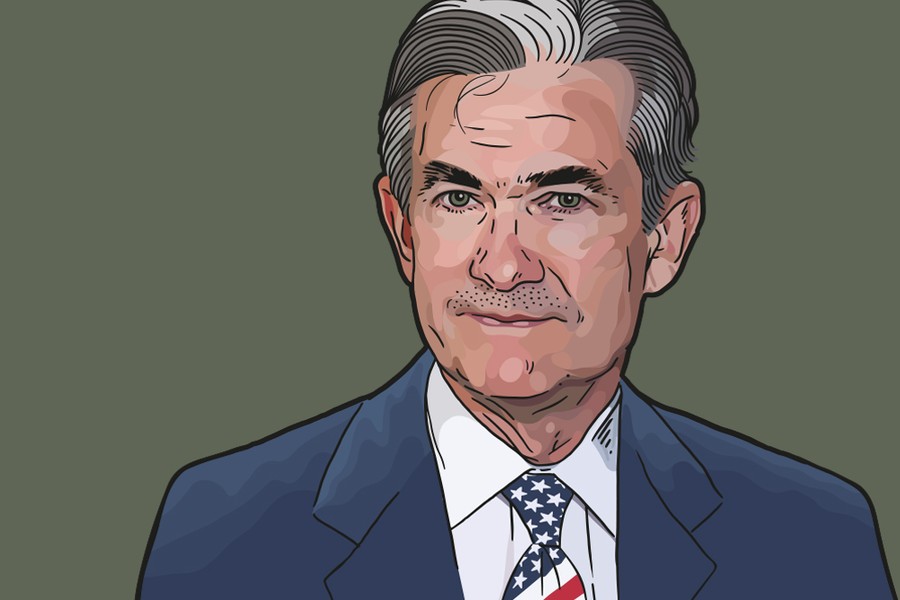The Fed is responsible for setting monetary policy in the US in line with its mandate of maximizing employment, stabilising prices, and moderating long-term interest rates.
Prior to announcing his decision, Trump would have been looking for a dovish Chair who would not firm up interest rates too aggressively. The President wants to get the economy running at full speed in the approach to his possible re-election in 2020 and he thinks that Jerome Powell is his best bet. Powell is on record as saying that although the economy is on the up, the time is not yet right for strong interest rate hikes. Trump does not want a hawkish Fed that ramps up interest rates on the first signs of economic acceleration, kills the recovery and with it his dreams of American greatness.
US GDP is on an upward trajectory driven by low interest rates, low inflation and the possibility of loose fiscal policy, itself driven by possible tax cuts. I think that the low 4.4% unemployment means that economic strength will drive up wages according to what is called the Phillips Curve.
Low unemployment means that economic strength will drive up wages according to what is called the Phillips Curve.
The Phillips Curve plots the relationship between inflation and unemployment and the empirical evidence suggests the rule that when unemployment is high, inflation is low and vice versa. When unemployment is low, wage inflation is the solution to recruitment problems and that feeds through to general inflation or CPI, which goes higher. The relationship is thought to be acute when unemployment is low and when unemployment is high, the connection to inflation is weak. If unemployment is 10% and drops to 9% then there are still lots of people looking for work and employers still find it easy to recruit without wage increases.
This matters because my central economic thesis is that the current conditions are driving strong US growth and gradual rate rises until inflation starts to look as if it is getting out of control, perhaps in mid-2019, and that in turn prompts panicky rate hikes by the Fed, which then kills the party and tips the US into recession. The appointment of Jerome Powell would fit neatly with these expectations going forward.
What happens in the US will affect us here in the UK and there is a strong visual correlation between the UK and US ten year interest rates. The UK bond markets need to take into account the slowing effect of Brexit concerns and that leads us to the view that whilst UK rate rises will not be so strong as in the US, they are now confirmed to be on an upward trajectory. No doubt the resurgent economic growth that we are starting to see in Europe will help support the positive momentum in UK rates as well.
So I remain wary of any long dated bond exposure and urge investors to think about FRNs or floating rate notes instead; short dated bonds are another alternative. And for preference, in light of what we expect to be a weak Central Bank response to signs of inflation, I prefer index-linked over conventional government debt.
Illustration by Adi Kuznicki / Graphic Alliance




